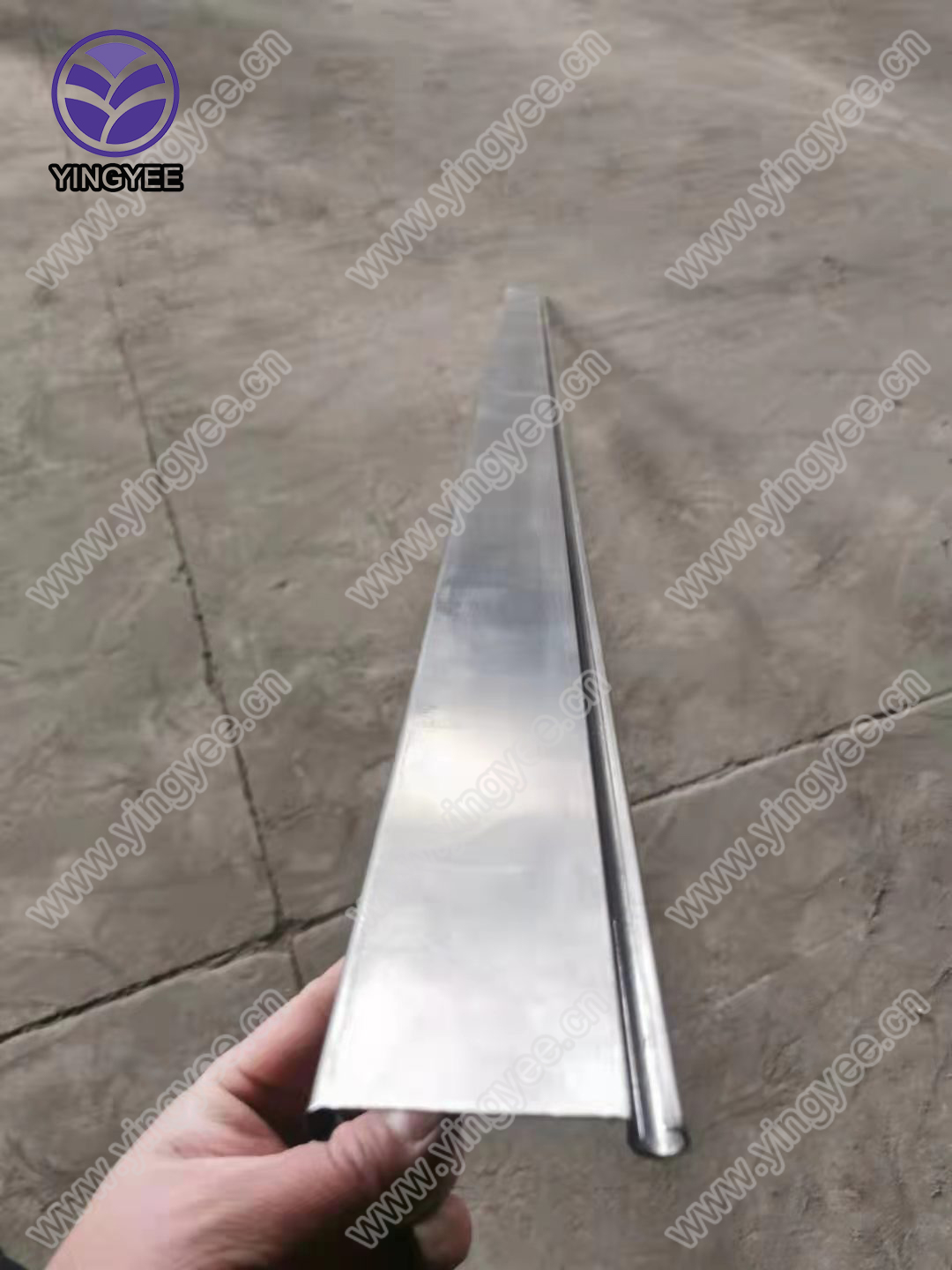
Understanding the China Angle Roll Forming Machine Innovation in Metal Fabrication
In the modern landscape of metal fabrication, efficiency and precision are paramount. The angle roll forming machine represents a significant advancement in this domain, particularly in China, where the manufacturing sector has embraced cutting-edge technologies to improve productivity. This article delves into the features, benefits, and applications of angle roll forming machines, emphasizing their significance in contemporary metalworking.
What is an Angle Roll Forming Machine?
An angle roll forming machine is a specialized piece of equipment designed to bend and shape metal into angular profiles. These machines can handle various materials, including steel, aluminum, and stainless steel, and are adept at producing angles, channels, and other complex shapes with high accuracy. The process involves feeding flat metal sheets into the machine, where powerful rollers gradually bend the material to the desired angle.
Features of China Angle Roll Forming Machines
Chinese manufacturers have optimized angle roll forming machines for effectiveness and reliability. Key features often include
1. Robust Construction Made from high-quality steel, these machines are designed to endure the rigorous demands of industrial operations. 2. Multi-functionality Many models can accommodate different sizes and shapes, allowing manufacturers to create diverse products without switching machines.
3. User-friendly Controls Advanced control systems enable operators to set parameters easily, ensuring high repeatability and precision in production.
4. Energy Efficiency Newer models focus on reducing power consumption while maintaining high performance, contributing to cost savings over time.
Benefits of Utilizing Angle Roll Forming Machines

The adoption of angle roll forming machines in the metal fabrication industry offers numerous advantages.
1. Increased Production Speed These machines streamline the bending process, significantly reducing the time it takes to produce components compared to traditional methods.
2. Cost Efficiency By optimizing production processes and minimizing material waste, companies can reduce operational costs while improving their profit margins.
3. Improved Product Quality The precision of angle roll forming machines leads to higher-quality outputs, ensuring that every piece meets specifications with minimal defects.
4. Flexibility Businesses can quickly adapt to changing market demands by easily adjusting the machine settings to produce different products as needed.
Applications in Various Industries
Angle roll forming machines are widely used across several industries, demonstrating their versatility. Common applications include
- Construction Producing steel frames and supports essential for building structures. - Automotive Creating components for vehicles, such as brackets and reinforcements. - Manufacturing Supporting other machinery and producing specialized parts tailored to specific needs. - Furniture Enabling the production of metal furniture frames that combine aesthetics with strength.
Conclusion
China's angle roll forming machines embody the spirit of innovation in the metal fabrication industry. Their combination of efficiency, precision, and versatility makes them indispensable tools for manufacturers looking to enhance productivity and reduce costs. As industries around the globe continue to evolve, the demand for advanced machinery like the angle roll forming machine is likely to grow, paving the way for a future where high-quality metal components can be produced faster and more cost-effectively than ever before. Ultimately, these machines are not just tools; they are pivotal in shaping the future of fabrication technology.